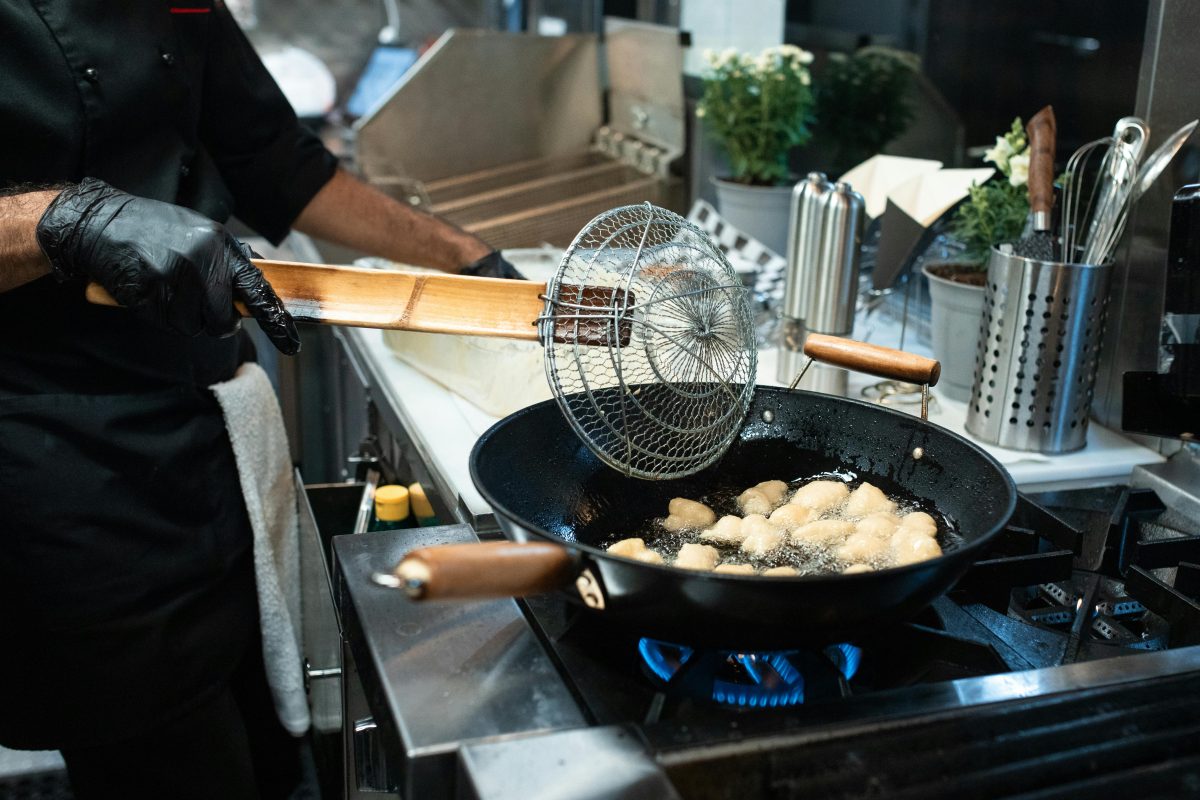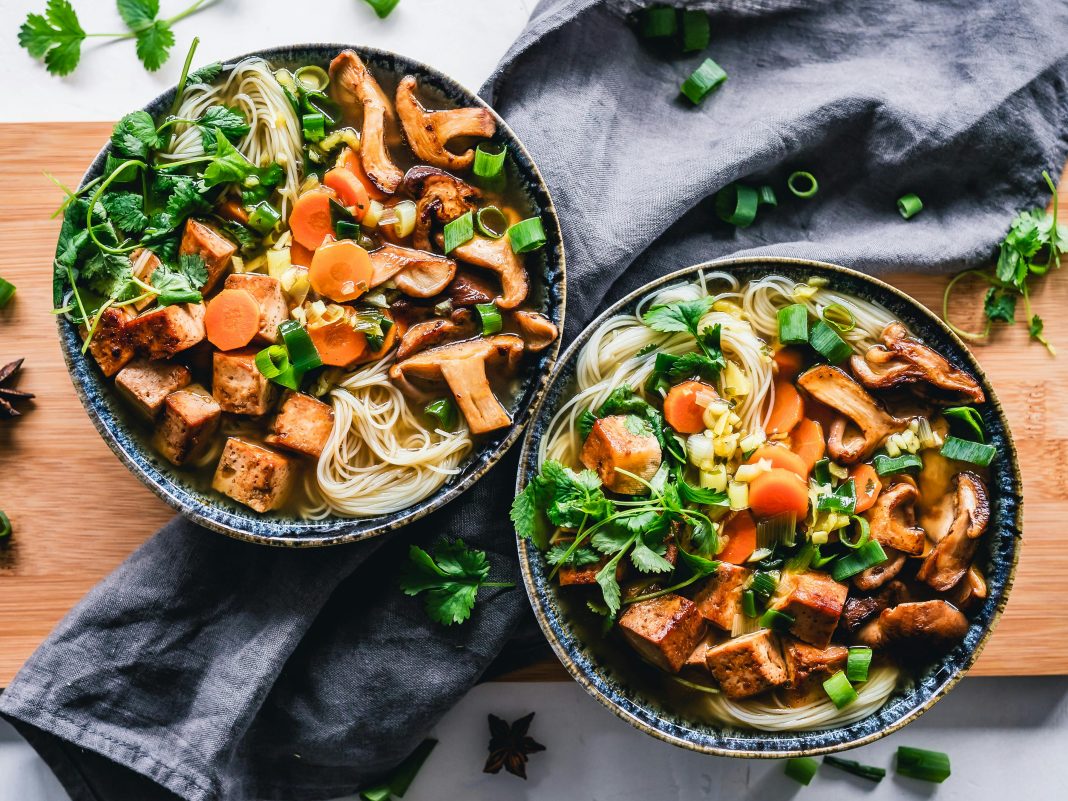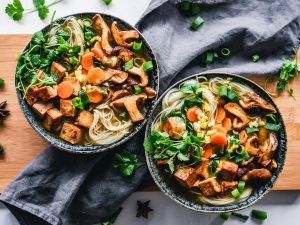Are you craving something delicious, bold, and packed with rich cultural history? Look no further than yummy Chinese food—a global favorite that brings together savory, sweet, spicy, and umami in ways no other cuisine can. From crispy spring rolls and aromatic dumplings to sizzling Sichuan dishes and comforting noodle bowls, Chinese cuisine is an epicurean treasure trove.
In this guide, we’ll take you on a sensory journey through China’s most famous regional cuisines, highlight must-try dishes, and offer tips to elevate your next Chinese dining experience—whether at a restaurant or in your own kitchen.
Why “Yummy Chinese Food” Captivates the World
Chinese food has become a global comfort cuisine because of its diversity, balance of flavors, and wide accessibility. What sets it apart is the harmony of taste and texture: soft and crunchy, sweet and spicy, warm and fresh—all on the same plate.
Whether you’re new to Chinese cuisine or a lifelong lover, there’s always something new to explore. The term “yummy Chinese food” isn’t just about taste—it’s about culture, health, technique, and joy.
A Tour of China’s Regional Cuisines
Yummy Chinese Food
Equipment
- Wok or Deep Frying Pan
- Spatula
- Knife
- Cutting Board
- Measuring Spoons
- Bowl for marination
Ingredients
- 200 g Chicken for Kung Pao or General Tso’s
- 1 tbsp Soy Sauce
- 1 tbsp Oyster Sauce
- 1 tsp Sichuan Peppercorns
- ½ tsp Chili Flakes
- 1 tbsp Cornstarch
- 2 cloves Garlic minced
- 1 tsp Ginger grated
- ¼ cups Green Onions
- 1 tbsp Vegetable Oil
Instructions
- Marinate your protein with soy sauce, garlic, ginger, and cornstarch for 15 minutes.
- Heat oil in a wok or pan. Add garlic, peppercorns, and chilies. Stir-fry until aromatic.
- Add the marinated chicken/tofu. Stir-fry until cooked. Pour in oyster sauce and any other seasoning. Toss well.
- Prepare steamed rice or boiled noodles. Serve the cooked dish over or beside it.
Notes
- Feel free to customize with vegetables or spice levels.
- Swap chicken with tofu for a vegetarian twist.
- Double the recipe for larger family servings.
To truly appreciate the depth of Chinese cooking, you need to understand its regional variety. The country is home to eight major culinary traditions, but here we’ll focus on some of the most globally celebrated ones.
Cantonese Cuisine – Light, Fresh, and Flavorful
Cantonese food, from Guangdong province, is known for its emphasis on fresh ingredients and subtle seasoning. It’s also the home of the beloved dim sum culture.
Popular Dishes of yummy Chinese food:
- Har Gow (shrimp dumplings)
- Siu Mai (pork dumplings)
- Char Siu (barbecue pork)
- Steamed fish with ginger and scallions
Flavor Profile: Mild, sweet, umami-forward with minimal use of spice.
Why It’s Yummy: Cantonese food lets the ingredients shine. Every bite feels refined and comforting.
Sichuan Cuisine – Spicy, Bold, and Addictive
If you enjoy spicy food, Sichuan cuisine (from the Sichuan province) will be your new addiction. It’s famous for mala, the tingly, numbing heat from Sichuan peppercorns.
Popular Dishes:
- Mapo Tofu
- Kung Pao Chicken
- Dan Dan Noodles
- Chongqing Hot Pot
Flavor Profile: Spicy, savory, sour, numbing. Uses fermented sauces and chili oil.
Why It’s Yummy: It excites every taste bud. The complexity and depth are unmatched, perfect for heat seekers.
Hunan Cuisine – Clean Heat and Rich Aromatics
Often overshadowed by Sichuan cuisine, Hunan dishes are even spicier but without the numbing sensation. It’s all about fresh chili heat, garlic, and shallots.
Popular Dishes:
- Dong’an Chicken
- Steamed Fish Head with Chopped Chilies
- Stir-Fried Pork with Chili Peppers
Flavor Profile: Fiery, sour, and aromatic with a more straightforward heat.
Why It’s Yummy: The directness of flavor makes it intense and satisfying. It’s a go-to for chili lovers.
Eastern Chinese Cuisine – Elegant, Sweet, and Balanced
Jiangsu and Zhejiang cuisines are known for sophistication and lightness. Their dishes often feature elegant knife work, subtle sweet flavors, and an emphasis on seafood.
Popular Dishes:
- Sweet & Sour Mandarin Fish
- West Lake Vinegar Fish
- Braised Pork Belly
Flavor Profile: Mild, slightly sweet, visually refined.
Why It’s Yummy: Perfect for those who enjoy light, balanced dishes with a hint of sweetness.
Must-Try Yummy Chinese Dishes (Even If You’re a Beginner)

Craving yummy Chinese food but don’t know where to begin? Start with these widely loved classics that offer something for every palate.
- Dumplings (Jiaozi): Pan-fried, boiled, or steamed—each style has its charm.
- Fried Rice: An all-time favorite, ideal for using leftovers in a delicious way.
- Lo Mein / Chow Mein: Stir-fried noodles with meats and vegetables in savory sauce.
- Hot Pot: A social dining experience where you cook your food tableside in boiling broth.
- Spring Rolls: Crispy, flaky wrappers with veggie or meat fillings.
- General Tso’s Chicken: A fusion classic—sweet, tangy, and crispy.
- Beef with Broccoli: Simple, satisfying, and loaded with umami.
How to Find Truly Yummy Chinese Food Near You
Whether you’re in a bustling city or a quiet town, there’s likely a hidden gem serving authentic and delicious Chinese cuisine. But how do you separate the truly “yummy” from the merely average?
Tips for Finding the Best Chinese Food:
- Look for Regional Menus: Restaurants that offer specific regional dishes (like Sichuan or Cantonese) often specialize in more authentic food.
- Observe the Crowd: A place packed with locals, especially Chinese patrons, is usually a good sign.
- Ask the Staff: Don’t hesitate to request recommendations or ask for the chef’s favorite dish.
- Check for a Chinese-Language Menu: Many authentic spots have a separate menu with more traditional offerings—ask for it!
- Avoid Overly Westernized Menus: While dishes like orange chicken are tasty, they often don’t reflect real Chinese culinary traditions.
The Joy of Family-Style Chinese Dining
One of the most enjoyable ways to experience yummy Chinese food is family-style dining. This communal approach allows everyone at the table to share several dishes, encouraging variety and conversation.
Pro Tips:
- Order a mix of proteins, vegetables, and noodle/rice dishes.
- Complement spicy dishes with something mild like steamed fish or egg fried rice.
- Try a traditional soup like Hot & Sour or Wonton as a starter.
Tea Culture: The Perfect Pairing with Yummy Chinese Food
Chinese meals are often served with tea, which not only cleanses the palate but also aids digestion. Some great pairings include:
- Jasmine Tea: Light and floral; pairs well with fried foods and dim sum.
- Oolong Tea: Rich and slightly bitter; ideal for spicy or greasy dishes.
- Pu’erh Tea: Earthy and bold; great for meat-heavy meals like duck or pork belly.
Modern Takes on Chinese Food: Fusion and Street Food
In recent years, Chinese cuisine has continued to evolve, giving rise to incredible street food and fusion dishes around the world.
Popular Modern Chinese Dishes:
- Chinese BBQ Pork Bao Tacos
- Sichuan Fried Chicken Sandwiches
- Bubble Tea (Boba) Desserts
- Scallion Pancake Wraps
These creative fusions are adding a whole new meaning to “yummy Chinese food” and making it more accessible to younger generations.
Cooking Yummy Chinese Food at Home
If you want to bring the magic into your own kitchen, start with simple but flavorful dishes.
Pantry Staples for Chinese Cooking:
- Soy Sauce (Light and Dark)
- Sesame Oil
- Rice Vinegar
- Oyster Sauce
- Hoisin Sauce
- Garlic, Ginger, Green Onions
- Dried Mushrooms
- Chili Paste or Sichuan Peppercorns
Start by learning how to stir-fry, then graduate to dumpling-making or noodle soups. It’s easier than it looks, and the results are incredibly rewarding.
FAQs About Yummy Chinese Food
Q1: What makes Chinese food taste so “yummy”?
A1: It’s all about balance—sweet, sour, salty, spicy, and umami flavors harmonize with textures like crispy, tender, and chewy in a single meal.
Q2: Is Chinese food always unhealthy?
A2: No! While some Westernized versions are fried and heavy, many traditional dishes use lean protein, fresh vegetables, and are steamed or stir-fried with minimal oil.
Q3: How can I enjoy Chinese food on a diet?
A3: Opt for steamed dishes like fish, tofu with veggies, or clear soups. Avoid heavy sauces and fried items, and request light oil or low-sodium preparations.
Q4: What’s the difference between Lo Mein and Chow Mein?
A4: Lo Mein is made with soft, boiled noodles, while Chow Mein features stir-fried, crispy noodles. Both are delicious in their own way!
Q5: Are there vegetarian options in Chinese cuisine?
A5: Absolutely. Dishes like Buddha’s Delight, stir-fried greens, and tofu-based entrees are common and delicious vegetarian options.
Final Thoughts: The Global Love for Yummy Chinese Food
Yummy Chinese food is more than just delicious—it’s a cultural expression that bridges generations and borders. Whether you’re digging into a steamy bowl of noodles, dipping dumplings into vinegar-soy sauce, or exploring the fiery thrill of Sichuan spices, you’re engaging in a culinary tradition thousands of years in the making.
So whether you dine out or cook at home, try something new. Explore a different region, master a new dish, or simply share a meal with loved ones. Chinese food is meant to be savored, shared, and celebrated.




